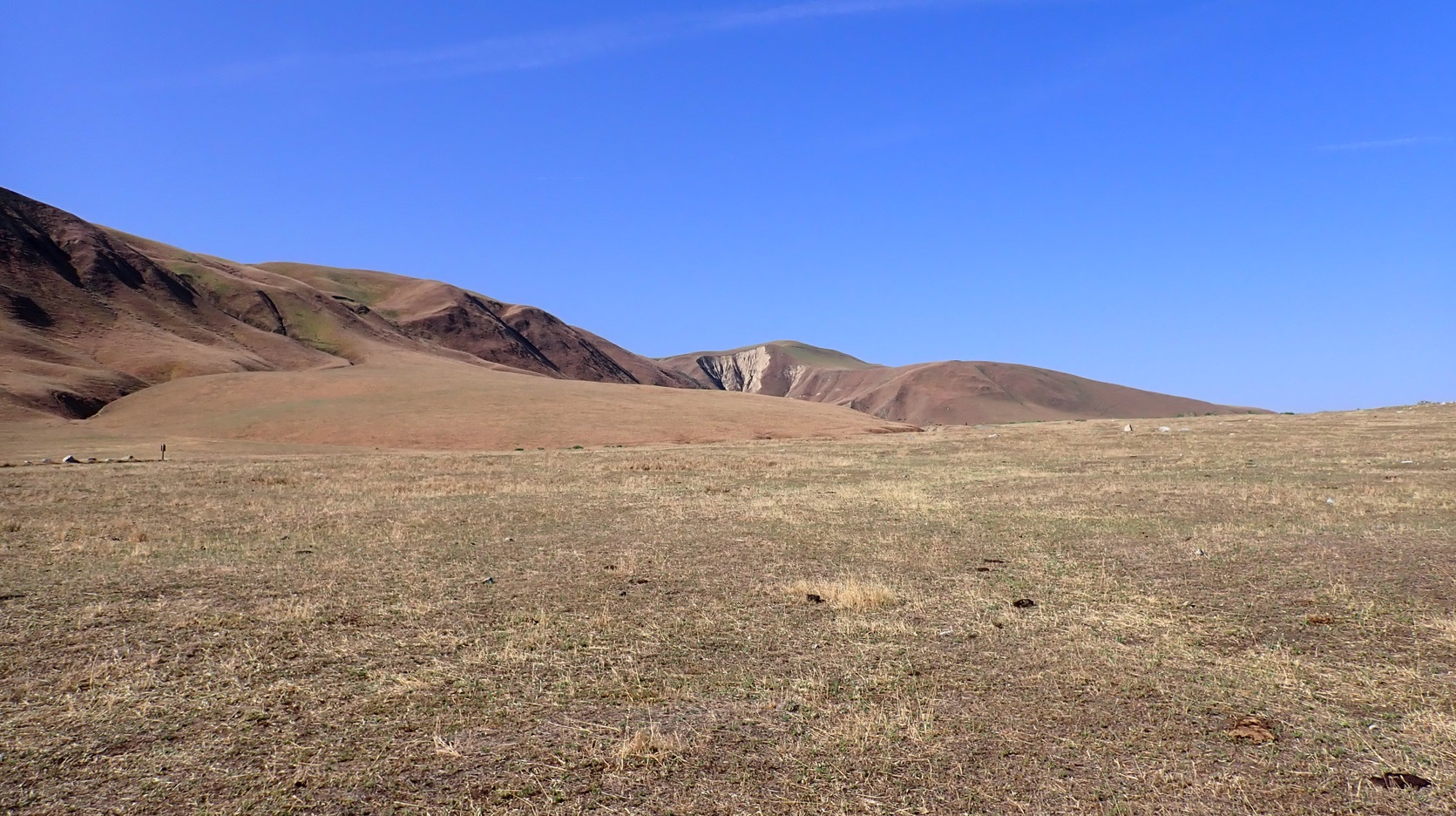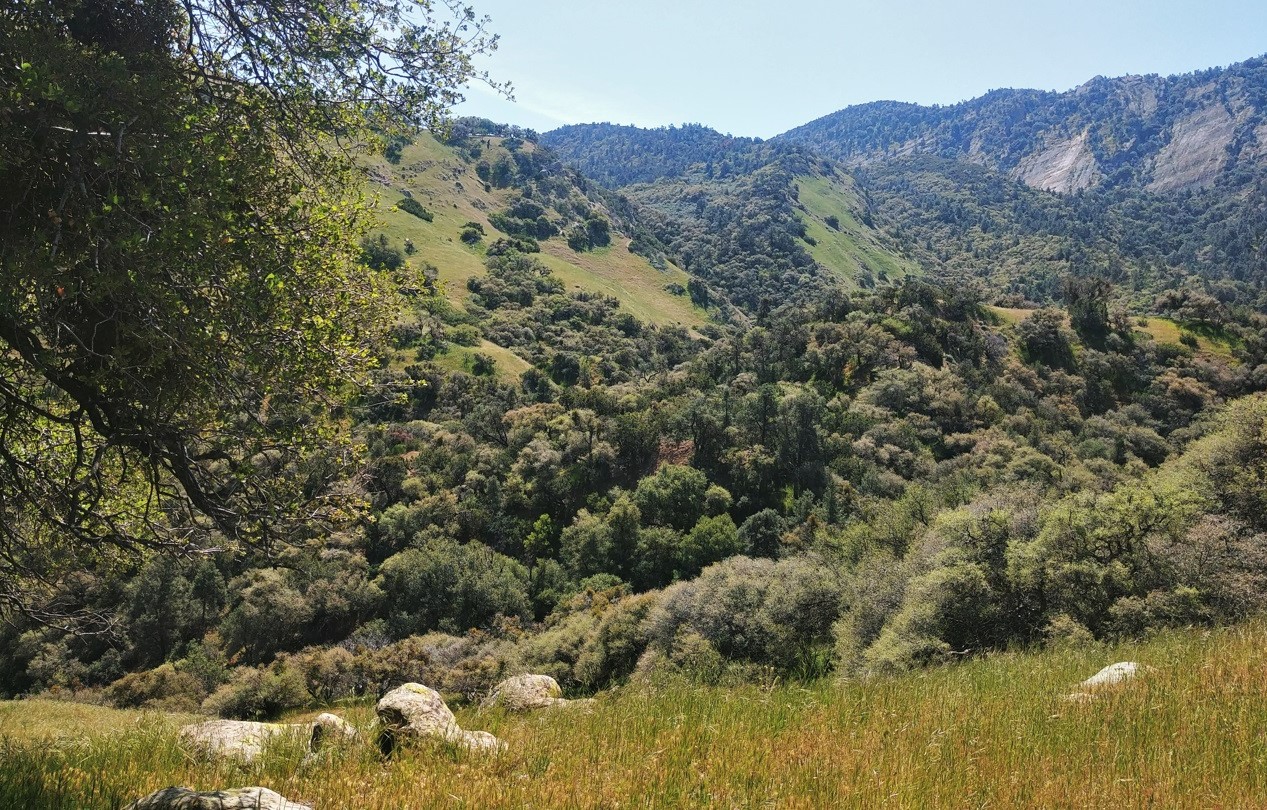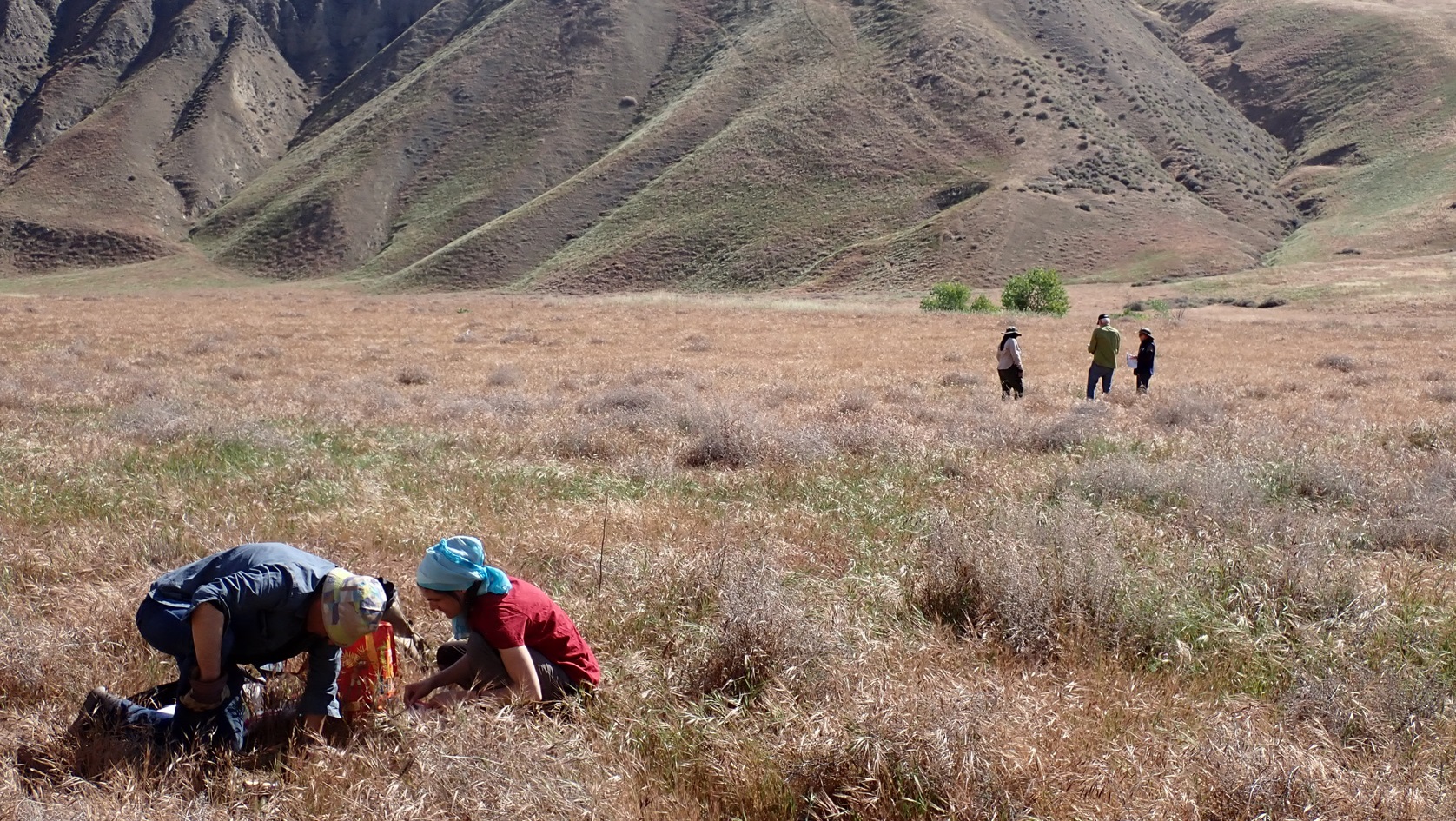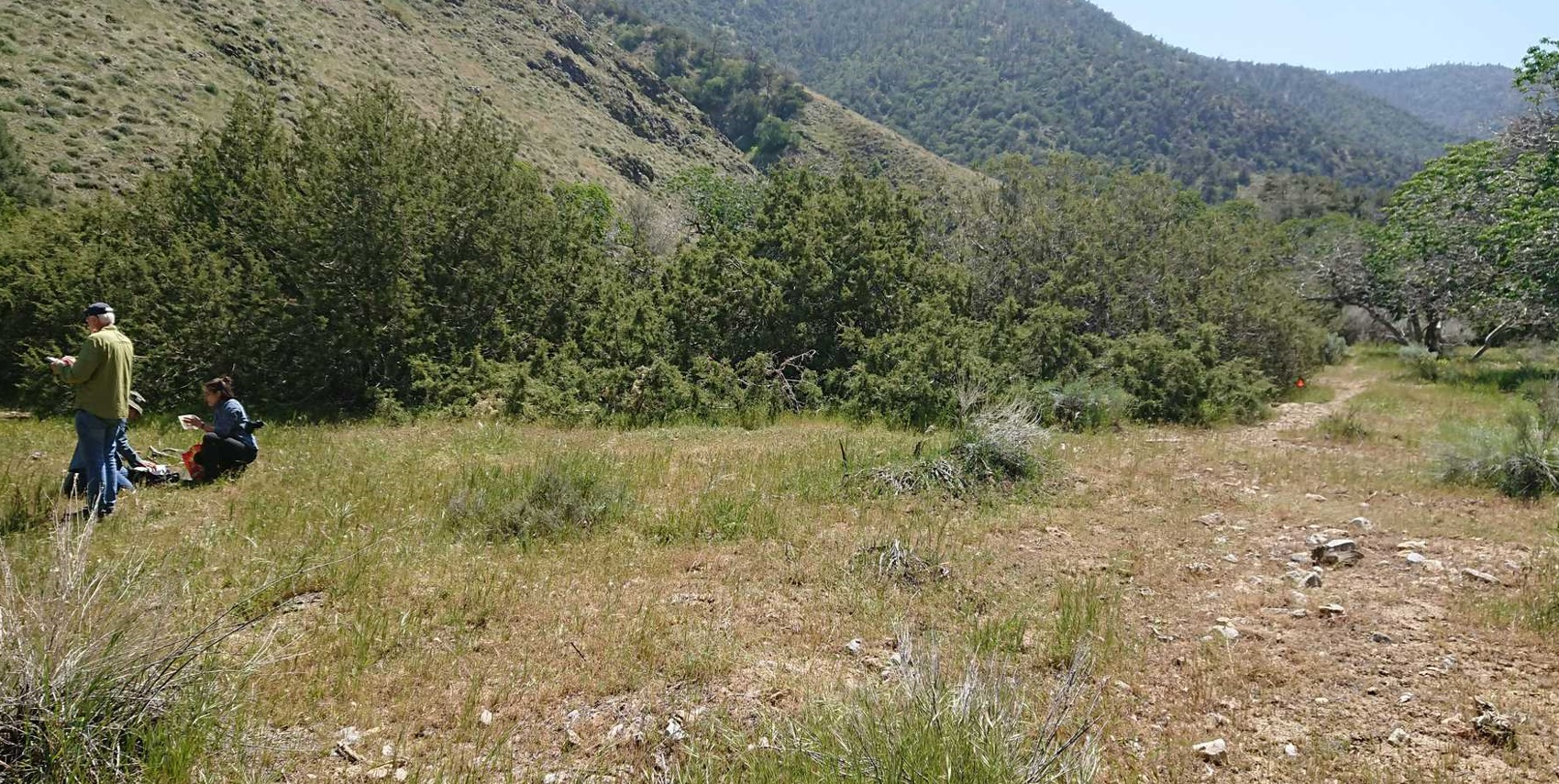We had the invaluable chance to sample different points in the Wind Wolves Preserve in Kern County. The Preserve in the San Emigdio Hills offered us a wide variety of landscapes and vegetation groups, from grazed grasslands to riparian forests, open and more closed blue oak woodlands formations, and the elusive but beautiful juniper shrublands…
Wind Wolves Preserve is an important location for our study not only because it gave us a complete mixture of mountain landscapes far from the coast, but also because it was a territory occupied and managed by Emigdiano Chumash, as it points out the multiple archaeological sites in the preserve. This mountain area was also crossed by historical colonial routes like the Camino Viejo, the main north-south inland trail in California during the Spanish and Mexican Periods. During the Mission Period these mountains were a refuge where part of the native population moved avoiding the mission system. This migration and the resulting economic exchanges between native and colonial communities could have left a footprint in the landscape we want to trace down in the palaeoecological reconstructions. In addition, these lands became part of a big ranch in the Mexican and American periods, the Tejon Ranch, and the agricultural and livestock practices they promoted are still part of the current management, and they will probably be visible in the pollen reconstructions.




We could sample in this stunning place thanks to the invaluable help of the Wind Wolves Preserve staff. Melissa Dabulamanzi, Director of the Preserve, granted sampling permits and facilitated us being accompanied by the Preserve staff. Amongst them Jana Borba, helped us to recognize the plants composing the diverse mosaic of different landscapes, and Brittany and Travis, Preserve rangers, ensured our safety during fieldwork. We enjoyed a lot their company!

